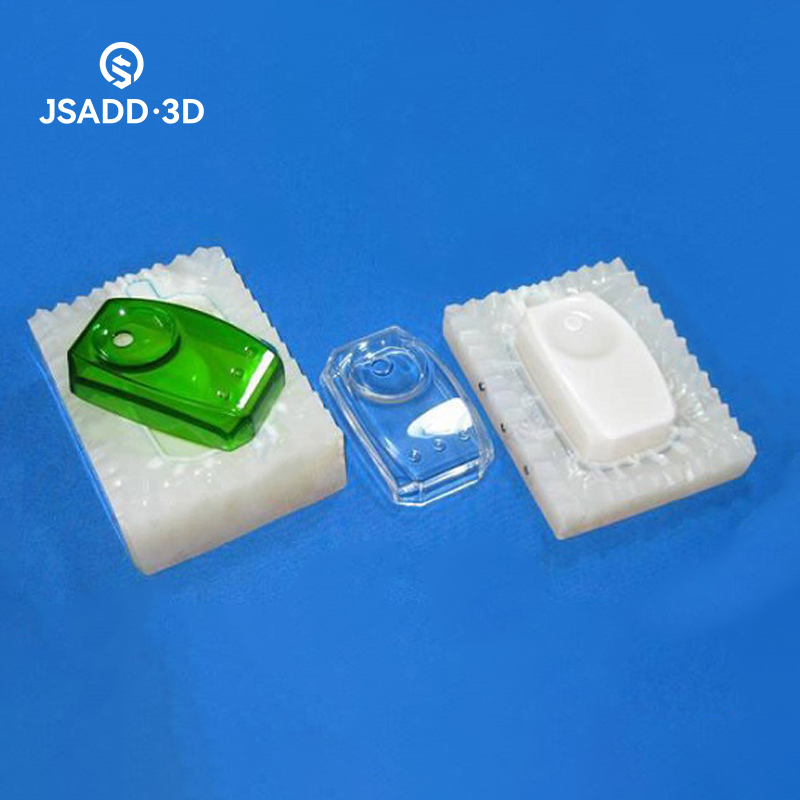Introduction of Vacuum Casting
Vacuum casting or silicon mould refers to the use of the original prototype, the production of silicone mould in a vacuum state, and the use of soft materials (TPU), Silicone, Nylon (PA), ABS, and other materials in a vacuum state for pouring, so as to clone the same replica as the original prototype , the rate of restoration reached 99.8 percentage.
It has different types, including Vacuum Mould Casting , Vacuum Pressure Casting, Vacuum Sand Casting and so on. This method is especially suitable for small batch production. It is a low-cost solution to solve experimental production and small batch production in a short time, and can also meet the functional test proofing of some structurally complicated engineering samples.
The process begins by placing a two-piece silicone mold into a vacuum chamber. The raw material is mixed with degassing and poured into molds. The gas is then evacuated to vacuum and the mold removed from the chamber. Finally, the casting is cured in an oven and the mold is removed to release the finished casting. Silicone molds can be reused.
Silicone molding results in high-quality parts comparable to injection-molded components. This makes vacuum casted models especially suitable for fit and function testing, marketing purposes or a series of final parts in limited quantities.
Advantages of Vacuum Casting
The cost is low, and the product production cycle is relatively short. There is less scrap and the machining cost is much lower than CNC machining and 3D printing
It is suitable for the processing and production of small batches of products. After making an original version, it can be copied according to the original version. However, CNC machining requires lathes to make prototypes one by one.
Good molding operability. The soft molds after curing and molding are all transparent or translucent, with good tensile strength, which is convenient for cutting and parting.
The probability of processing failure is small. As long as there is no problem with the original, the replica will naturally not go wrong.
Good repeatability. The silicone used for molding has good fluidity before curing, and with vacuum defoaming, the detailed structure and decoration of the model can be accurately maintained.
Disadvantages of Vacuum Casting
It is easy to shrink and deform, because it will shrink after being heated at high temperature and then cooled, resulting in deformation. The general error is about 0.2mm.
Generally, the vacuum compound moulding prototype can only withstand high temperature of about 60 degrees, and its strength and hardness are also lower than that of the CNC prototype.
Application Areas
Generally speaking, customers use 3D printing to test the appearance of products, including design, assembly, etc.; but like the development of some parts, not only to test the appearance, but also need to test the performance, 3D printing is not enough to meet its needs, so you need to use the replica mould to make a small batch of plastic parts for the performance test and other trial production work.
1. Prototypes Art and Craft,Aerospace industry, Aerospace industry,Automobile, and motorcycles.
2. Customized
Usually according to the needs of customers to customize , if there is a physical is better, in order to better film out of better effect.
3. Batched
Support small batch output, need to be customized in advance.
If you want to know more information, Welcome contact JSADD 3D Printing
Author: Karianne / Lili Lu / Seazon







